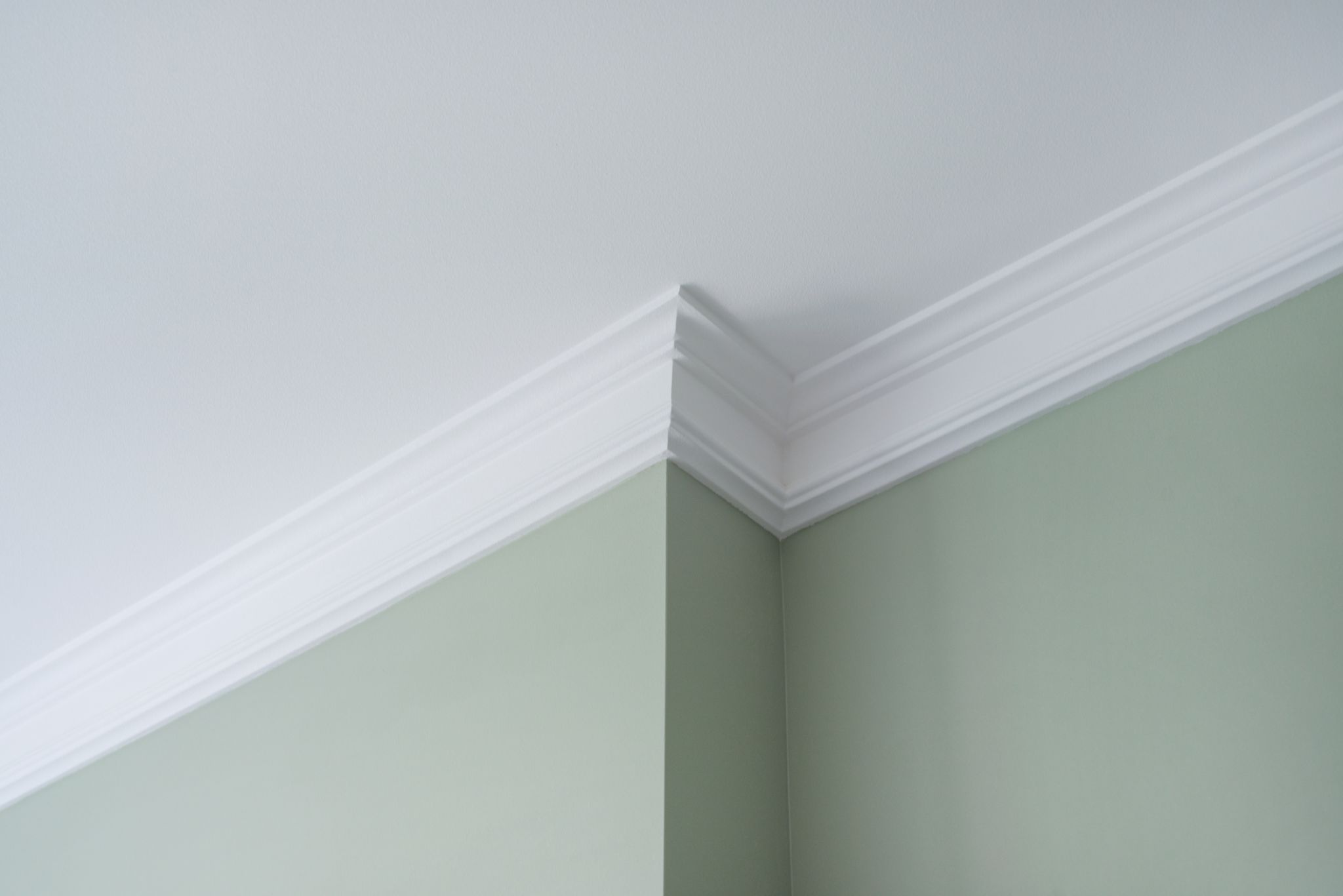Transform Your Space: Innovative Faux Finish Painting Techniques
Introduction to Faux Finish Painting
Faux finish painting is an artistic technique that can dramatically transform your space without the need for costly renovations. This method involves applying paint in a way that mimics the appearance of materials like marble, wood, or stone. Whether you're looking to add texture, depth, or a unique aesthetic to your walls, faux finishes offer endless possibilities.
One of the greatest advantages of faux finishes is their versatility. They can be tailored to fit any style, from rustic and traditional to modern and sleek. By mastering a few techniques, you can create stunning visual effects that bring character and charm to any room.

Popular Faux Finish Techniques
Sponging
Sponging is one of the easiest and most popular faux finish techniques. It involves using a sea sponge to apply a glaze over a base coat of paint. The irregular texture of the sponge creates a soft, dappled effect that can add warmth and dimension to your walls. This technique works particularly well in spaces where you want to introduce subtle color variations.
Rag Rolling
Rag rolling is another simple yet effective technique. It involves rolling a rag over wet glaze to create a dynamic texture. The result is a visually interesting pattern that adds depth and interest to any surface. This method is ideal for creating a rustic or weathered look, perfect for kitchens or living rooms.

Advanced Techniques for the Adventurous
Marbling
For those looking to make a bold statement, marbling is an advanced faux finish technique that replicates the luxurious look of marble surfaces. This method requires precision and patience, as it involves layering glazes and using a feather or brush to create the intricate veins characteristic of real marble. The end result is a sophisticated and elegant finish that can elevate any space.
Venetian Plaster
Venetian plaster is another advanced technique that creates a smooth, polished surface reminiscent of classic Italian architecture. This finish is achieved by applying multiple layers of plaster with a trowel, followed by burnishing the surface to achieve a high-gloss sheen. The effect is both timeless and elegant, making it an excellent choice for formal dining rooms or entryways.

Tips for Success
When embarking on a faux finish project, preparation is key. Begin by choosing the right base color and glaze combination to achieve the desired effect. Always test your technique on a small area before committing to an entire wall. Additionally, investing in quality tools such as brushes, sponges, and trowels can make a significant difference in the final outcome.
Don't be afraid to experiment with different colors and techniques. Faux finishes offer a great opportunity for creativity and personalization. Whether you're an experienced painter or a DIY enthusiast, these techniques can transform your space into a work of art.
Conclusion
Faux finish painting techniques are an innovative way to enhance the aesthetic appeal of your home. By exploring various methods such as sponging, rag rolling, marbling, and Venetian plaster, you can achieve a range of styles that reflect your personal taste. With a little practice and patience, faux finishes can provide a beautiful, cost-effective solution for transforming any room.
